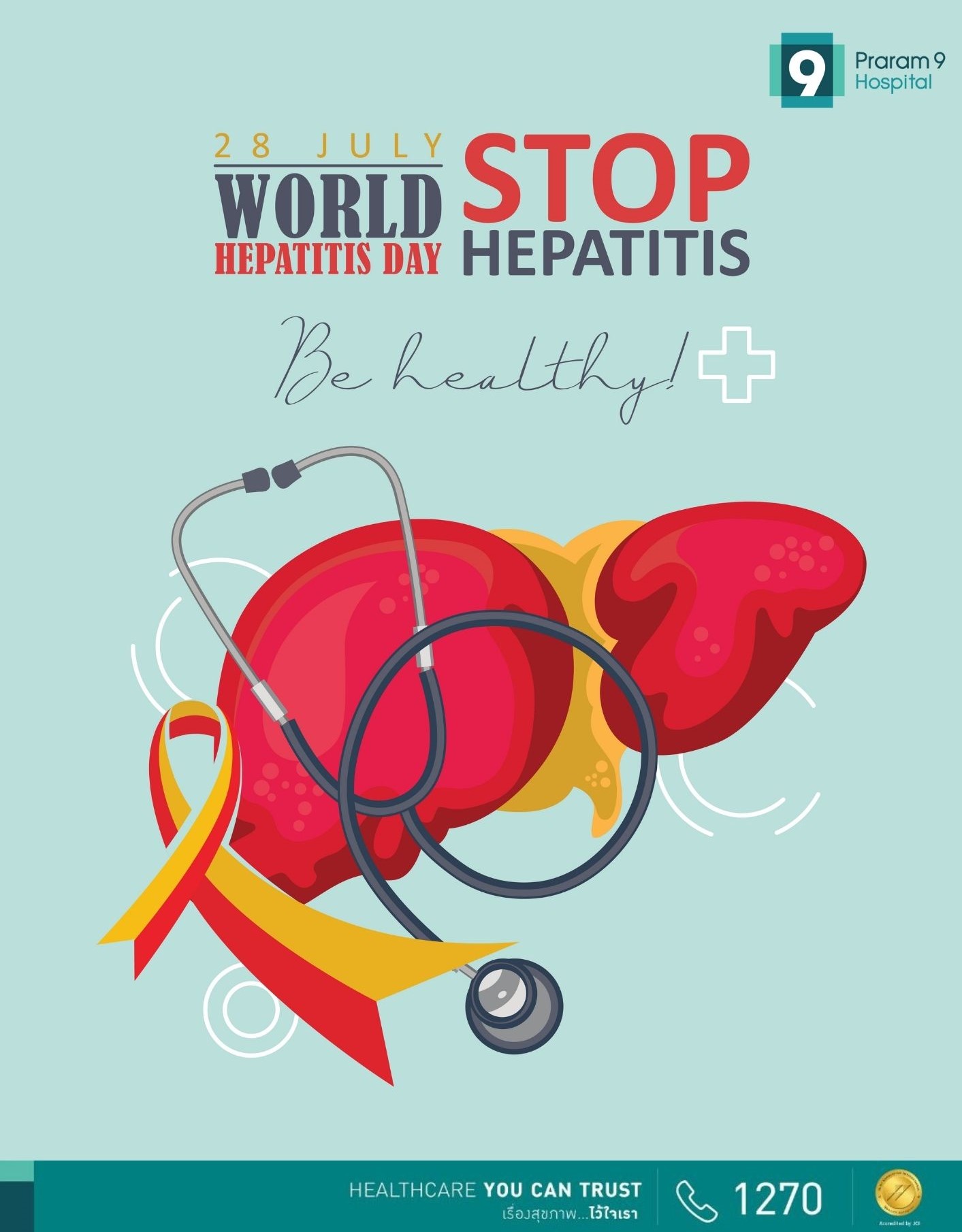
Hepatitis
By Dr. Rapeepun Kalayavinai 28th July is World Hepatitis Day. Understanding the different forms of hepatitis, who is at risk and how it can be prevented and treated can be valuable to protect you and your loved ones from the disease. Hepatitis is an inflammation of the liver that is caused by a variety of infectious viruses and noninfectious agents leading to a range of health problems, some of which can be fatal. There are five main strains of the hepatitis virus, referred to as types A, B, C, D and E. To this day, viral hepatitis remains a major public health problem in Thailand. Chronic infection with hepatitis B and C viruses are the leading causes of chronic liver diseases, including cirrhosis and hepatocellular carcinoma (HCC). Symptoms of viral hepatitis Symptoms and severity of viral hepatitis varies. Short-term (acute) hepatitis often has no noticeable symptoms, so you may not realise you have it. If symptoms do develop, they can include: Long-term (chronic) hepatitis also may not have any obvious symptoms until the liver stops working properly (liver failure) and may only be picked up during blood tests. In the later stages, chronic hepatitis can cause liver cirrhosis, or scarring of the liver, which manifest as jaundice, swelling in the legs, ankles and feet, confusion, and blood in your stools or vomit. Some people with chronic hepatitis may go on to develop liver cancer. What you need to know about

